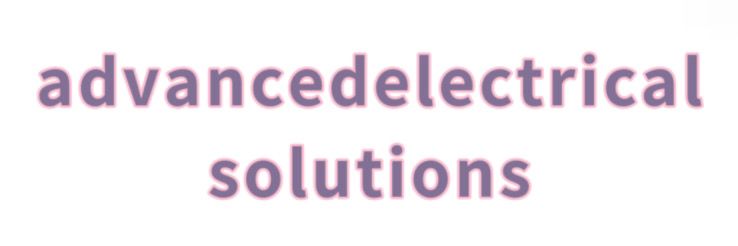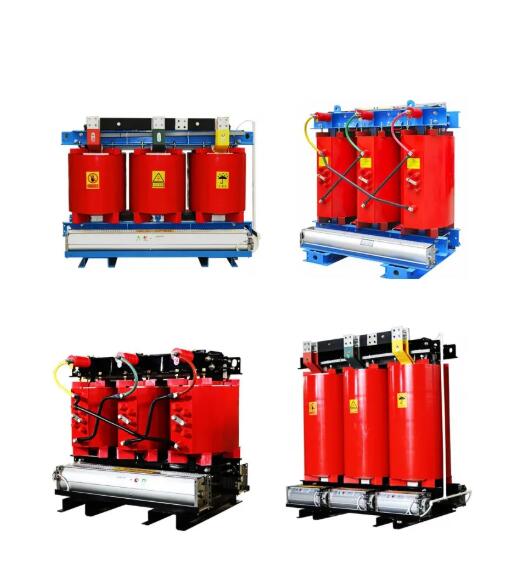Ultimate Guide of Vacuum Resin Dry Transformers
Vacuum resin dry transformers are an advanced type of transformer designed for modern electrical systems where safety, reliability, and low maintenance are critical. Unlike traditional oil-immersed transformers, these transformers are cooled by air and use resin-impregnated windings, making them suitable for indoor installations, sensitive environments, and industrial applications.
This ultimate guide covers everything you need to know about vacuum resin dry transformers, including their definition, design, types, advantages, and applications.
1. What Is a Vacuum Resin Dry Transformer?
A vacuum resin dry transformer is a transformer in which the windings are impregnated with resin under vacuum pressure, then cured to form a solid, insulating, and mechanically robust structure. This design enhances dielectric strength, thermal conductivity, and mechanical stability.
The transformer is cooled by air, either naturally or via forced ventilation, eliminating the need for oil and reducing fire hazards, environmental risks, and maintenance requirements.
2. Key Components
The main components of a vacuum resin dry transformer include:
Core: Laminated silicon steel sheets form a magnetic core that efficiently channels magnetic flux.
Windings: Copper or aluminum conductors impregnated with epoxy resin under vacuum, ensuring high insulation and mechanical integrity.
Insulation System: Vacuum resin impregnation provides superior insulation against moisture, dust, and environmental stress.
Cooling System: Air-cooled, with natural circulation or forced ventilation using fans or blowers.
Enclosure: Optional ventilated or sealed housing to protect the transformer from external contaminants.
Protective Devices: Temperature sensors, relays, and monitoring systems for safety and performance tracking.
3. How It Works
The working principle of a vacuum resin dry transformer is based on electromagnetic induction:
AC voltage is applied to the primary winding.
A magnetic flux is generated in the core.
The flux induces voltage in the secondary winding, transferring electrical energy without direct contact.
The vacuum resin-impregnated windings provide mechanical strength, prevent partial discharge, and allow efficient heat dissipation through air, making the transformer suitable for high-stress environments.
4. Types of Vacuum Resin Dry Transformers
Vacuum resin dry transformers can be categorized by application, cooling method, and voltage level:
A. Based on Cooling
AN (Air Natural): Natural airflow around the windings for low to medium capacity transformers.
AF (Air Forced): Fans or blowers enhance airflow and cooling for medium to high-capacity transformers.
B. Based on Application
Low Voltage Transformers: Up to 1 kV, used in commercial buildings, data centers, and small industrial plants.
Medium Voltage Transformers: 1 kV to 36 kV, commonly used in factories, hospitals, and renewable energy systems.
C. Special Types
Cast Resin Transformers: Fully encapsulated windings with epoxy resin for high protection against moisture and dust.
Modular Transformers: Flexible, compact designs for urban installations or variable load conditions.
5. Advantages of Vacuum Resin Dry Transformers
Fire Safety: No flammable oil, making them suitable for indoor and high-risk environments.
Low Maintenance: Minimal upkeep compared to oil-immersed transformers.
Additional reading:
Power Transformers: Definition, Types, and Applications
What You Need to Know About Oil-Immersed Transformers
Is Three Phase Dry Transformer Worth the Investment?Environmental Protection: No risk of oil leakage or soil contamination.
Moisture and Dust Resistance: Resin impregnation provides superior protection against harsh environmental conditions.
Durability: Resistant to vibration, thermal stress, and mechanical shocks.
Compact and Lightweight: Easier installation in buildings, factories, and confined spaces.
Integration with Smart Systems: Easily equipped with sensors for monitoring temperature, voltage, and load conditions.
6. Applications of Vacuum Resin Dry Transformers
Commercial Buildings: Office complexes, shopping malls, and airports for indoor safe power distribution.
Industrial Plants: Factories requiring medium-voltage power for machinery and automation systems.
Renewable Energy: Solar and wind farms converting generated power to grid-compatible voltages.
Hospitals and Data Centers: Reliable power supply with fire safety and low maintenance.
Urban Infrastructure: Metro stations, tunnels, and high-rise buildings where oil-free transformers are required.
Sensitive Environments: Laboratories, clean rooms, and critical installations needing low-noise and safe transformers.
7. Maintenance Tips
Regular Inspection: Check for dust accumulation, loose connections, or mechanical damage.
Temperature Monitoring: Ensure cooling airflow is not obstructed.
Cleaning: Remove debris from ventilation pathways.
Electrical Testing: Periodically test insulation resistance to detect early deterioration.
Protective Device Checks: Verify operation of temperature sensors and monitoring systems.
8. Future Trends
Smart Monitoring Systems: IoT-enabled transformers for predictive maintenance and performance analytics.
Enhanced Resin Formulations: Improved thermal and dielectric properties for higher efficiency.
Compact Designs: Modular and lightweight transformers for urban installations.
Integration with Renewable Energy: Efficient voltage conversion for solar and wind systems.
Eco-Friendly Manufacturing: Reduced environmental impact with sustainable materials and energy-efficient production methods.
Conclusion
Vacuum resin dry transformers are an advanced, safe, and environmentally friendly solution for modern electrical systems. With excellent insulation, fire safety, durability, and low maintenance, they are ideal for commercial, industrial, and renewable energy applications.
Understanding their design, types, advantages, and applications helps engineers, facility managers, and decision-makers select the right transformer for reliable, efficient, and safe power distribution.
Dry Type Transformer: Definition, Types, Advantages, and Applications



Comments